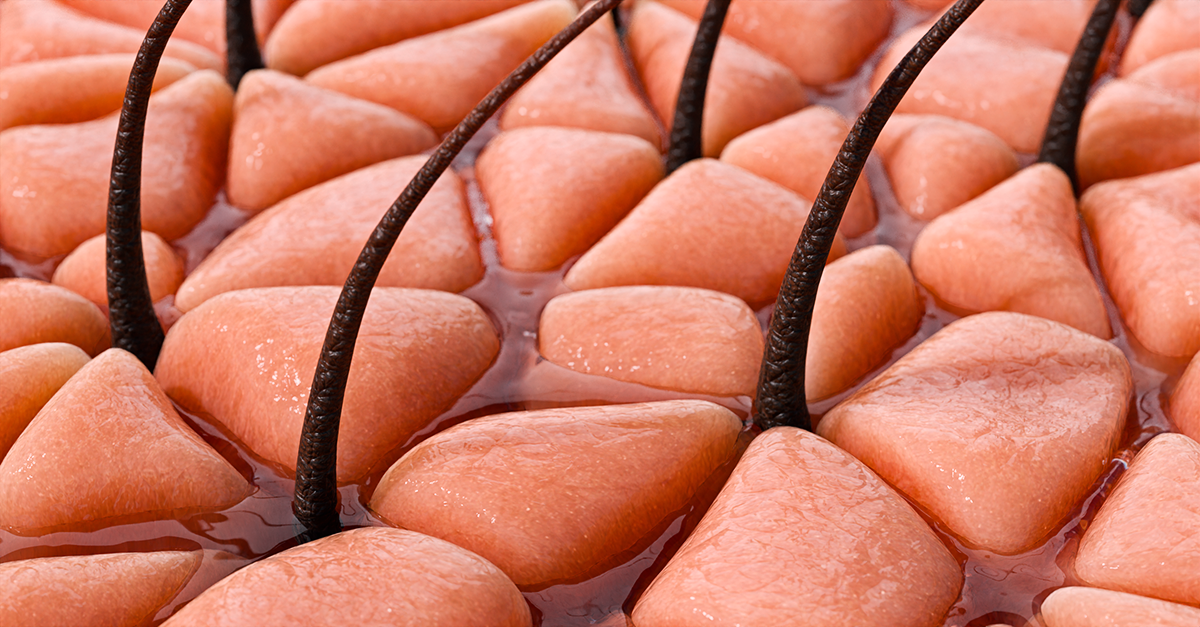
With the new release of Dune: Part 2 coming out shortly, some of you may be familiar with the impressive stillsuit worn by the main characters. This ingenious concept collects the body’s moisture through its sweat or urine. It then filters the impurities out to create drinkable water. An ideal resource while spending days out in the desert. But how is it that we sweat in the first place?
If you take a close look into our skin, we have eccrine sweat glands. When temperatures rise the sympathetic nervous system is stimulated and sends signals to these glands to secrete water. This water travels to the skin’s surface. Thus, allowing the body to cool through its evaporation. In extreme heat, humans can excrete several liters of sweat in just an hour.
We also have another type of sweat gland, apocrine sweat glands. These are more associated with hair such as in the armpit or scalp region. Apocrine sweat glands continuously secrete a concentrated fatty sweat into the tube of the gland. Stimulants such as emotional stress cause the glands to contract and expel their substance. These areas tend to have more of an odor to them because of the fats present that get broken down by bacteria into unsaturated fatty acids. Needless to say, the filtration system in the stillsuits must be very good to erase such things!
The volume of sweat a person can produce depends on many factors. Things such as body size, age, muscle mass, and fitness level all can play a part. In general, bigger people produce more heat because they have more body mass to move. Thus, the greater the surface area, the more there is a need to perspire. This also tends to be why males sweat more in volume than females. Age can also be a factor due to how our sweat glands change over time. Our bodies become less tolerant to heat because we no longer can cool ourselves efficiently. Muscles mass also produces more heat than fat. And lastly, people with a higher fitness level tend to sweat more than others.
Learn more about our sweat glands in our skin micromodel found in Complete Anatomy!
